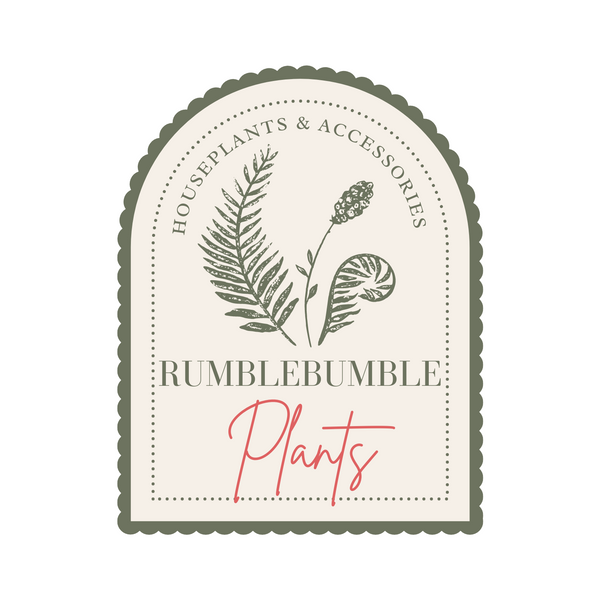
Plant Care Profile: Nettle 'Baby's Tear'
Common Name: Nettle 'Baby's Tear'
Scientific Name: Urtica dioica 'Baby's Tear'
Description: Nettle 'Baby's Tear' is a variety of the common nettle (Urtica dioica) known for its delicate, finely serrated leaves and compact growth habit. It is often cultivated as an ornamental plant due to its attractive foliage and manageable size.
Light: Place your Nettle 'Baby's Tear' in bright, indirect light. Avoid exposing it to direct sunlight for prolonged periods, as this can scorch the leaves.
Watering: Keep the soil consistently moist but not soggy. Water your Nettle 'Baby's Tear' when the top inch of the soil feels dry to the touch. Ensure proper drainage to prevent waterlogging.
Humidity: Nettle 'Baby's Tear' prefers higher humidity levels. You can increase humidity by misting the plant regularly or placing a tray of water near the plant. If your indoor environment is dry, consider using a humidity tray or a room humidifier.
Temperature: Maintain a moderate room temperature between 60-75°F (15-24°C). Avoid exposing the plant to drastic temperature fluctuations and cold drafts.
Soil: Use a well-draining, rich potting mix that retains moisture without becoming overly compact. A mix formulated for tropical plants or a blend of peat moss, perlite, and compost works well.
Fertilizing: Feed your Nettle 'Baby's Tear' with a balanced liquid fertilizer diluted to half-strength every 4-6 weeks during the growing season (spring and summer). Reduce or cease feeding in fall and winter when growth slows down.
Pruning: Regularly trim or pinch back the tips of the stems to encourage bushier growth. Remove any yellowing or dead leaves to maintain the plant's appearance and overall health.
Pests and Problems: Watch out for common pests such as aphids, spider mites, and whiteflies. Keep an eye on the plant for signs of stress or damage and take prompt action if you notice any infestations. Wipe down the leaves with a gentle soapy solution to remove pests if needed.
Propagation: Nettle 'Baby's Tear' can be propagated through stem cuttings. Take a 3-4 inch cutting with several leaves, remove the lower leaves, and place the cutting in a container of water or a moist rooting medium. Once roots develop, transplant the cutting into a new pot.
Additional Tips:
- Rotate the plant every few weeks to ensure even growth.
- Use a well-draining pot with drainage holes to prevent water accumulation.
- Avoid letting the plant's roots sit in standing water.
- Keep an eye out for signs of nutrient deficiencies, such as yellowing leaves, and adjust your care routine accordingly.
Remember that individual care requirements may vary slightly based on your specific growing conditions, so always monitor your Nettle 'Baby's Tear' closely and make adjustments as needed.

